Plant This, Not That
You might be surprised to know that some plants commonly found in Florida landscapes are actually invasive. “Invasive” is a specific term and refers to nonnative plants that cause, or are likely to cause, environmental or economic harm, and/or harm to humans.
Invasive plants may look beautiful, but they can quickly take over and could even damage nearby natural areas. Here are some suggested plant “swaps” you can make to remove invasive plants and replace them with Florida-Friendly alternatives. These plants will not only look great, they’ll be better for the environment.
(All of the invasive species identified and categorized on this list are from the Florida Invasive Species Partnership and the UF/IFAS Assessment of Non-Native Plants in Florida’s Natural Areas.)
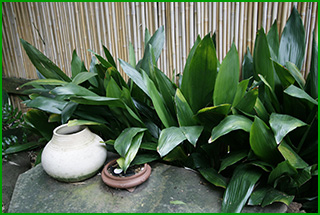
Plant This: Cast iron plant (Aspidistra elatior). This Florida-Friendly foliage plant will do well indoors or outside in a shady space. With large, lance-shaped, waxy leaves, the cast iron plant is tough and durable. And the slow spreading habit of this plant makes it an effective groundcover that’s easy to care for. It’s a perfect alternative to add to a shady landscape.
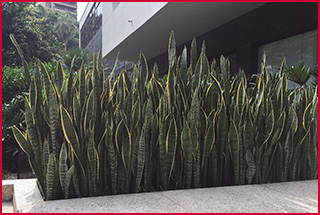
Not That: Snake plant (Sansevieria trifasciata). Also known as brownstring hemp or mother-in-law’s tongue, this popular indoor plant is easily identifiable by its light green to yellow striped leaves. It’s a low-maintenance plant perfectly suitable for interior spaces. But planted outside in a Florida landscape, it will spread, crowding out other plants.
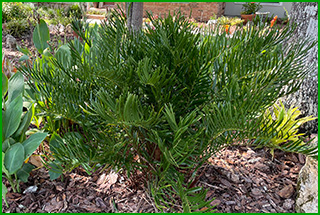
Plant This: Coontie (Zamia integrifolia). This native plant has existed in the Florida environment for thousands of years. It’s easy to spot by its fern-like look with glossy feather-shaped leaves that come directly from an underground stem. The center cone at the base of the plant contains bright orange seed. It does well in any light, from full sun to full shade, and is a fantastic addition to a Florida-Friendly landscape.
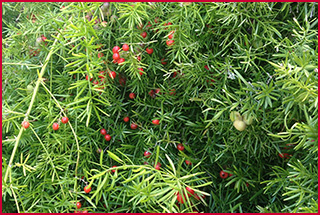
Not That: Asparagus fern (Asparagus aethiopicus). Introduced by the horticulture industry back in the 1970s, this invasive is now commonly found in landscapes across Florida. It can easily be identified by the tiny thorns along the woody stem and its berries, which start green and turn red in the winter, usually around January. Asparagus fern is listed as a category I invasive, meaning it is considered invasive in every part of the state and should be removed.
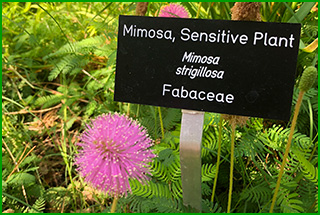
Plant This: Sunshine mimosa (Mimosa strigillosa). This fast-growing Florida native is a good alternative groundcover for areas with full and partial sun. It produces small lavender-colored flowers with lots of pollen that help support pollinators. Sunshine mimosa prefers warmer temperatures and blooms continuously from spring to fall. It has bright green, fern-like leaves that look fragile but are resilient to light traffic.
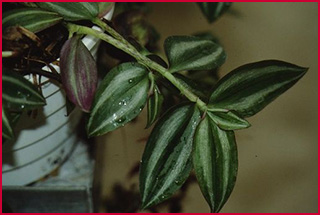
Not That: Wandering dude (Tradescantia zebrina). Your neighbors won’t appreciate this plant in your landscape since it will likely end up in their yard, too. To identify wandering dude, look for the unusual leaves, with a green and white-striped pattern on the top and purple color on the underside. Forming dense mats, it’s considered invasive in South Florida and removal is recommended. Your neighbors will thank you.
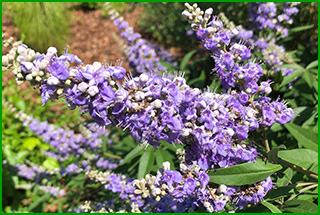
Plant This: Chastetree (Vitex agnus-castus). Also called vitex, this Florida-Friendly tree will grow to around 20 feet tall in full sun with beautiful purple, pink, and white blooms. It is drought tolerant and will attract butterflies and other pollinators to your landscape. Vitex blooms in late spring through the fall and will go dormant during the winter. It’s a beautiful addition to your Florida-Friendly landscape.

Not That: Golden rain tree (Koelreuteria elegans). Invasive throughout Florida, this tree can grow up to 25 feet tall. It’s a popular landscape tree because of its copious yellow flowers and rose-colored seed capsules. The papery capsules are easily dispersed by the wind, spreading this fast-growing tree into natural areas. Removal and replacement are recommended.
For more information on how to select Florida-Friendly native plants and avoid invasive species, read “Plant This, Not That: A Guide to Avoiding Invasive Plant Species,” available for purchase at the UF/IFAS Extension Bookstore.
